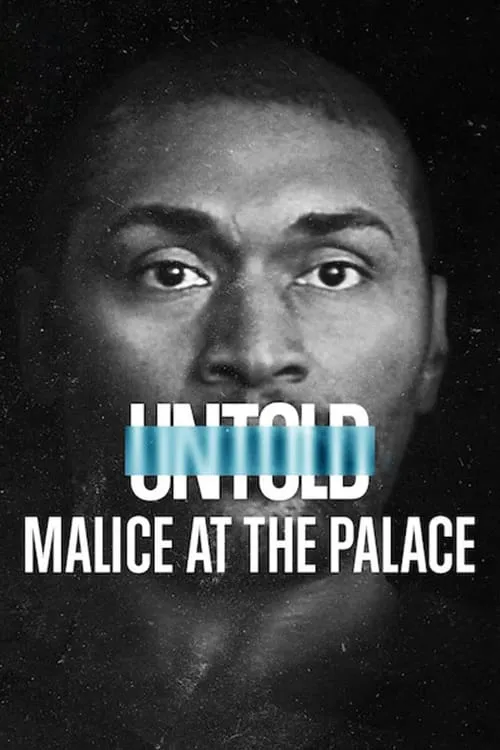Untold: Malice at the Palace

Plot
In the documentary "Untold: Malice at the Palace," director Mark Monroe weaves together the story of a pivotal moment in sports history: the infamous 2004 brawl between players and fans at a Pacers-Pistons game in Auburn Hills, Michigan. The incident, which became known as Malice at the Palace, captivated the nation, leading to widespread outrage, calls for increased security, and changes in professional sports. The documentary begins with a comprehensive breakdown of the events leading up to the brawl, with key players, fans, and experts providing insight into the tense atmosphere at The Palace of Auburn Hills on November 19, 2004. Pacers fans had been targeting Pacers center Ron Artest, leading to increased security measures in place that night, including metal detectors, bag checks, and a larger police presence. As the game wore on, tensions between the Pacers and Pistons continued to escalate, culminating in a heated altercation between the two teams on the court. After a physical confrontation between the players, Pacers forward Ron Artest, frustrated by a scuffle with a Pistons fan, left the bench and entered the stands to confront the fan. What followed was a chaotic and violent melee involving players and fans, with punches thrown, chairs hurled, and players, referees, and spectators caught in the crossfire. In the aftermath of the brawl, the National Basketball Association (NBA) acted swiftly, suspending several players from both teams and implementing new security measures to prevent similar incidents. Ron Artest, who received a 73-game suspension, was a particular target of the media and the public, with many critics labeling him as the primary instigator of the brawl. The documentary offers a nuanced exploration of the events leading up to the brawl, examining the role of racism, classism, and social inequality in fueling the tensions between the Pacers and Pistons fans. It highlights the way in which the media coverage of the incident perpetuated negative stereotypes about African American athletes, portraying them as aggressive and out of control. Through interviews with key figures, including Artest, Pacers guard Stephen Jackson, and Pistons forward Ben Wallace, the documentary humanizes the players and fans involved in the brawl, offering a deeper understanding of the complex circumstances surrounding the incident. These testimonials also reveal the long-term impact of the brawl, which led to changes in player behavior, increased security measures, and a heightened awareness of fan-player relations. One of the most compelling aspects of "Untold: Malice at the Palace" is its exploration of Ron Artest's personal journey, from a misunderstood villain in the eyes of the public to an introspective and self-aware individual who has grappled with the fallout of the brawl for years. Artest, now known as Metta World Peace, shares candidly about the trauma and anxiety he experienced in the aftermath of the brawl, which led to a deeper examination of his own behavior and motivations. The documentary also delves into the aftermath of the brawl, highlighting the consequences that the Pacers and Pistons players faced, including the NBA's "no tolerance" policy toward fan-player altercations. The film examines the changes implemented by the NBA to prevent similar incidents, including increased security measures, fines, and suspensions for players involved in fan altercations. Through its balanced and thought-provoking portrayal of the Malice at the Palace incident, "Untold: Malice at the Palace" raises important questions about the intersection of sports, politics, and social inequality. It offers a timely reminder that sports events can have far-reaching consequences, extending beyond the playing court to the wider social and cultural landscape. Ultimately, "Untold: Malice at the Palace" presents a searing indictment of the violent and dehumanizing culture that has long characterized professional sports. As the nation grapples with issues of policing, racism, and social inequality, this documentary serves as a powerful reminder of the need for greater empathy, understanding, and accountability in our cultural institutions. By humanizing the players, fans, and officials involved in the brawl, it challenges us to reevaluate our assumptions about sports, fans, and the complex web of circumstances that shape human behavior.
Reviews
Recommendations




